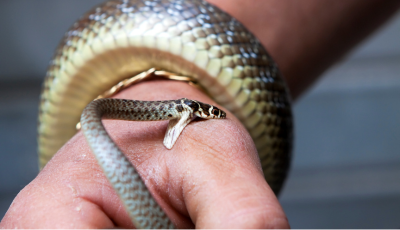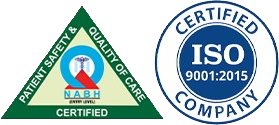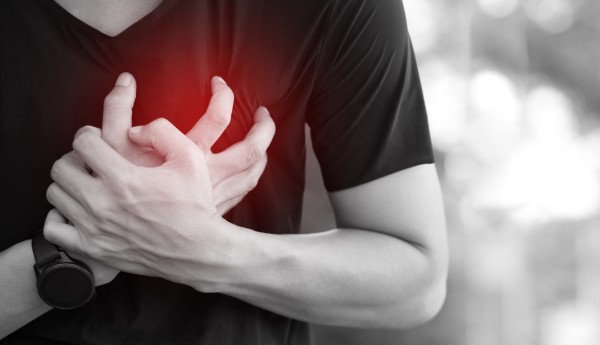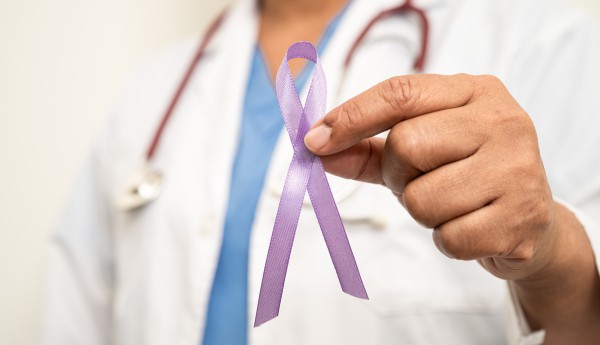Preventing Heart Attacks: Empowering Heart Health for Life Preventing Heart...
Read MoreFirst Aid for Snake Bites: Know What to Do in an Emergency

Popular Posts
Precautions to Reduce Cancer Risk: Empowering Healthier Choices
Precautions to Reduce Cancer Risk: Empowering Healthier Choices Preventing Heart...
Read MoreFirst Aid For Poisoning: Quick Response Saves Lives
First Aid for Poisoning: Quick Response Saves Lives Popular Posts...
Read MoreCategories
- Cancer
- Cardiac Care
- Children’s Health
- Diabetes
- ENT
- First Aid
- Health Emergencies
- Health Tips Health
Encountering a snake can be a frightening experience, and in the unfortunate event of a snake bite, knowing how to administer first aid promptly can make a significant difference in the outcome. Here’s a comprehensive guide to first aid for snake bites:
1. Stay Calm and Assess the Situation
Remain calm and reassure the victim to prevent panic, which can elevate heart rate and increase venom circulation.
Keep the bitten person as still as possible to slow the spread of venom through the bloodstream.
2. Identify the Snake
If it’s safe to do so, try to identify the snake without putting yourself at risk. Note its color, size, and markings, but do not attempt to capture or kill the snake.
3. Remove Jewelry and Tight Clothing
Remove any jewelry or tight clothing near the bite site, as swelling may occur.
4. Position the Victim
Position the victim in a lying down position with the affected limb immobilized at or below the level of the heart. This helps reduce blood flow and venom spread.
5. Clean the Wound
Clean the bite wound with soap and water if available. Avoid using alcohol or other irritants, as they can increase tissue damage.
6. Apply a Bandage
Apply a clean, dry bandage over the bite site, wrapping it snugly but not too tight. This helps to immobilize the affected limb and reduce venom circulation.
7. Seek Medical Help
Call emergency services or transport the victim to the nearest medical facility as soon as possible.
Provide clear and concise information about the snake bite, including the time of the incident and any relevant details about the snake.
8. Monitor Vital Signs
While awaiting medical assistance, monitor the victim’s vital signs, including pulse, breathing, and level of consciousness.
Be prepared to administer CPR if necessary.
9. Do Not
Do not attempt to suck out venom from the wound, as this can cause further tissue damage and introduce bacteria.
Do not apply ice or a tourniquet, as these measures can worsen tissue damage and impair blood flow.
Do not administer medications or substances orally, unless directed by medical professionals.
10. Stay with the Victim
Stay with the victim and provide reassurance and support until medical help arrives.
Be prepared to provide additional first aid if needed, such as CPR or assistance with breathing.
Remember:
Time is of the essence in snake bite emergencies. Seek medical help immediately.
Do not attempt to capture or handle the snake, as this can increase the risk of additional bites.
Remain calm and focused, and prioritize the well-being of the victim.
By being prepared and knowing how to respond effectively to snake bites, you can help minimize complications and improve the chances of a positive outcome. Together, let’s stay vigilant and equipped to handle emergencies with confidence and compassion.





